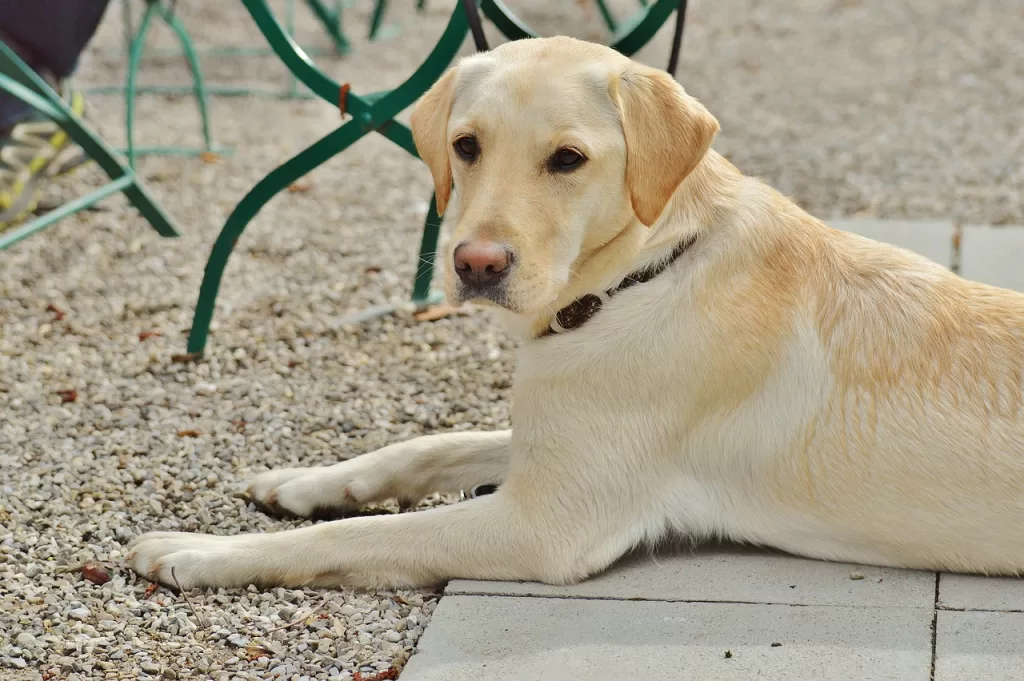Training Your Dog to Respect Boundaries: Fencing and More

For a dog owner, ensuring your furry friend respects boundaries is not just about convenience; it’s a matter of safety, security, and harmony. While dogs thrive on affection and attention, it’s essential to establish and reinforce certain boundaries to keep them, your home, and your neighborhood safe. In this blog, we’ll explore the art of training your dog to respect boundaries, with a focus on the use of fencing and other methods to achieve this goal.
The Importance of Boundaries
Setting and maintaining boundaries for your dog are essential for several reasons:
- Safety: Boundaries protect your dog from dangerous situations, such as traffic or other animals. They also safeguard other people and animals from potential harm caused by your dog.
- Security: Fencing and other boundaries keep your dog safe and secure within your property. This ensures they don’t get lost or stolen.
- Peace of Mind: Knowing that your dog is safely contained and won’t escape provides peace of mind for you as a dog owner.
- Neighborhood Harmony: Respect for boundaries ensures that your dog doesn’t disturb or endanger neighbors or their property.
Fencing as a Boundary
One of the most common and effective ways to establish boundaries for your dog is through fencing. Here are some key considerations when using fencing:
1. Choose the Right Type of Fence: Different dogs may require different types of fencing. Consider your dog’s size, breed, and behavior. Chain-link, wooden, vinyl, and invisible fences are some options.
2. Proper Installation: Ensure that the fence is installed correctly, with no gaps or loose sections that your dog can exploit.
3. Training: Train your dog to understand the boundaries set by the fence. Use verbal cues, treats, and positive reinforcement to encourage them to stay within the designated area.
4. Supervision: Even with a fence in place, it’s important to supervise your dog when they are outside. Some dogs may still attempt to dig under or jump over the fence.
5. Maintenance: Regularly inspect and maintain the fence to ensure its integrity. Over time, wear and tear can lead to weak spots that your dog might exploit.
Other Boundary Training Methods
In addition to fencing, there are other training methods to establish boundaries for your dog:
1. Leash Training: Teach your dog to walk on a leash and respond to cues like “stop” and “heel.” This helps maintain control in public areas.
2. Positive Reinforcement: Use positive reinforcement to reward your dog when they respect boundaries. Praise and treats can encourage them to follow your rules.
3. Training Commands: Commands like “stay,” “leave it,” and “off” are essential for boundary training. Use these consistently to communicate your expectations to your dog.
4. Socialization: Properly socializing your dog from a young age can help them understand boundaries when interacting with other dogs and people.
5. Indoor Boundaries: Use baby gates or other indoor boundaries to keep your dog out of certain rooms or areas in your home.
6. Repellents: In some cases, you can use pet-safe repellents to discourage your dog from approaching certain areas.
Consistency is Key
Consistency is vital when training your dog to respect boundaries. Whether it’s outdoor fencing or indoor restrictions, make sure you, your family members, and anyone else who interacts with your dog is on the same page. This consistent reinforcement of boundaries will help your dog understand and follow the rules.
In Conclusion
Establishing and maintaining boundaries for your dog is essential for their safety, security, and the well-being of those around them. Fencing, training, and positive reinforcement are all valuable tools to ensure that your dog respects boundaries. With time and patience, you can create a safe and harmonious environment for both you and your beloved pet.
Training Your Dog to Respect Boundaries: Fencing and More Read More »
